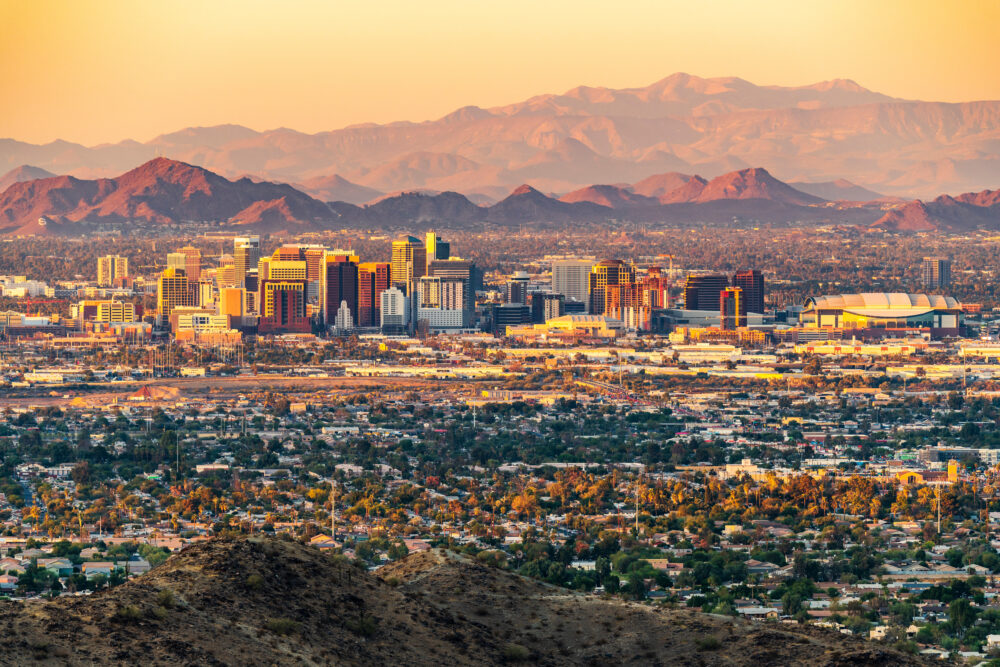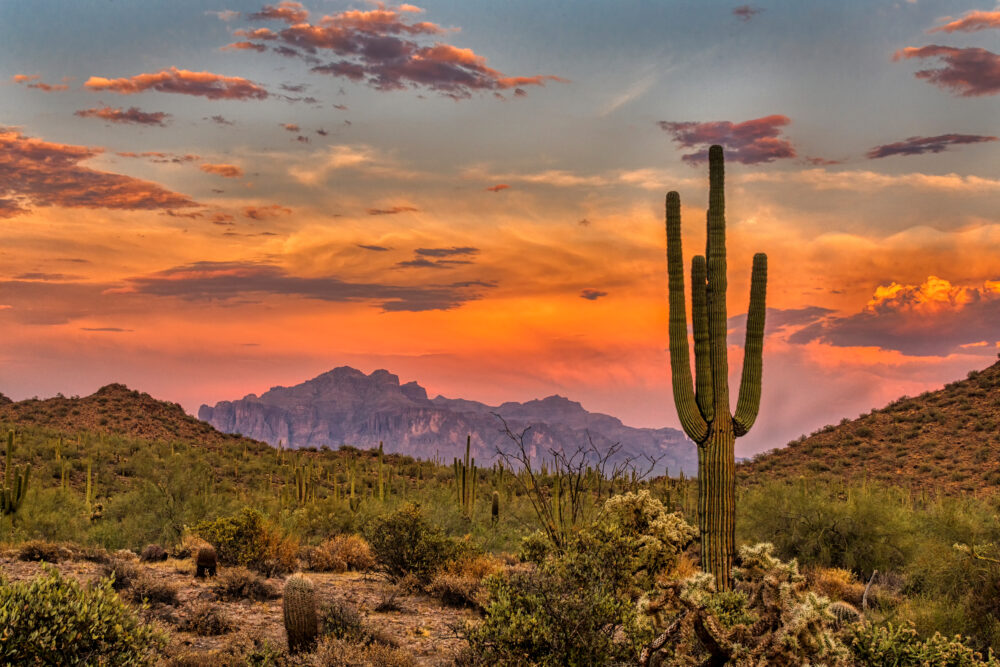Step into the vibrant tapestry of Phoenix, Arizona, a city whose story is woven with threads of resilience and rebirth spanning centuries. Across six captivating chapters, we embark on a journey through the annals of time, tracing the evolution of Phoenix from its ancient roots to its present-day status as a dynamic metropolis.
Ancient Beginnings
Delve into the distant past of Phoenix, where the Salt River Valley was once home to the ingenious Hohokam people. Through their mastery of intricate canal systems, they cultivated a flourishing agricultural community, laying the groundwork for the city’s future prosperity.
Echoes of Spanish Exploration
In the 18th century, Spanish explorers arrived, leaving an indelible mark on the region. The name ‘Phoenix’ itself evokes the mythical bird, symbolizing the city’s remarkable ability to rise anew. The establishment of the Presidio San Agustín del Tucsón in 1775 heralded a new chapter in Phoenix’s narrative.
Territorial Transformation
Following the Mexican-American War, Phoenix emerged as a modest farming community. It was the vision of Jack Swilling, a Confederate veteran, that revitalized the ancient canal system, paving the way for Phoenix’s expansion and prosperity.
A Capital Emerges
In 1889, Phoenix ascended to the role of Arizona Territory’s capital, a status solidified with statehood in 1912. The arrival of the railroad in the early 20th century fueled unprecedented growth, attracting a wave of settlers and businesses to the burgeoning city.
Navigating Trials and Triumphs
The 20th century brought both prosperity and adversity to Phoenix. Despite the challenges of the Great Depression, the city rebounded during World War II, buoyed by the establishment of military bases and defense industries. Yet, the quest for sustainability amidst water scarcity and urban development loomed large.
A Modern Metropolis
In recent decades, Phoenix has blossomed into a dynamic hub of diversity and innovation. Its economy has diversified, with technology, healthcare, and education sectors thriving. Cultural landmarks such as the Heard Museum and Desert Botanical Garden enrich the city’s tapestry, while sports teams like the Arizona Diamondbacks and Phoenix Suns ignite local pride.

Today and Beyond
Phoenix’s trajectory continues skyward, drawing newcomers and enterprises with its warm climate and flourishing economy. Embracing sustainability and environmental stewardship, the city honors its desert heritage while forging a path towards a vibrant future.

In summation, the saga of Phoenix, Arizona, is a testament to the enduring spirit of adaptation and renewal. From its ancient origins to its present-day vibrancy, Phoenix stands as a symbol of resilience—a city reborn, much like the mythical bird from which it draws its name.
